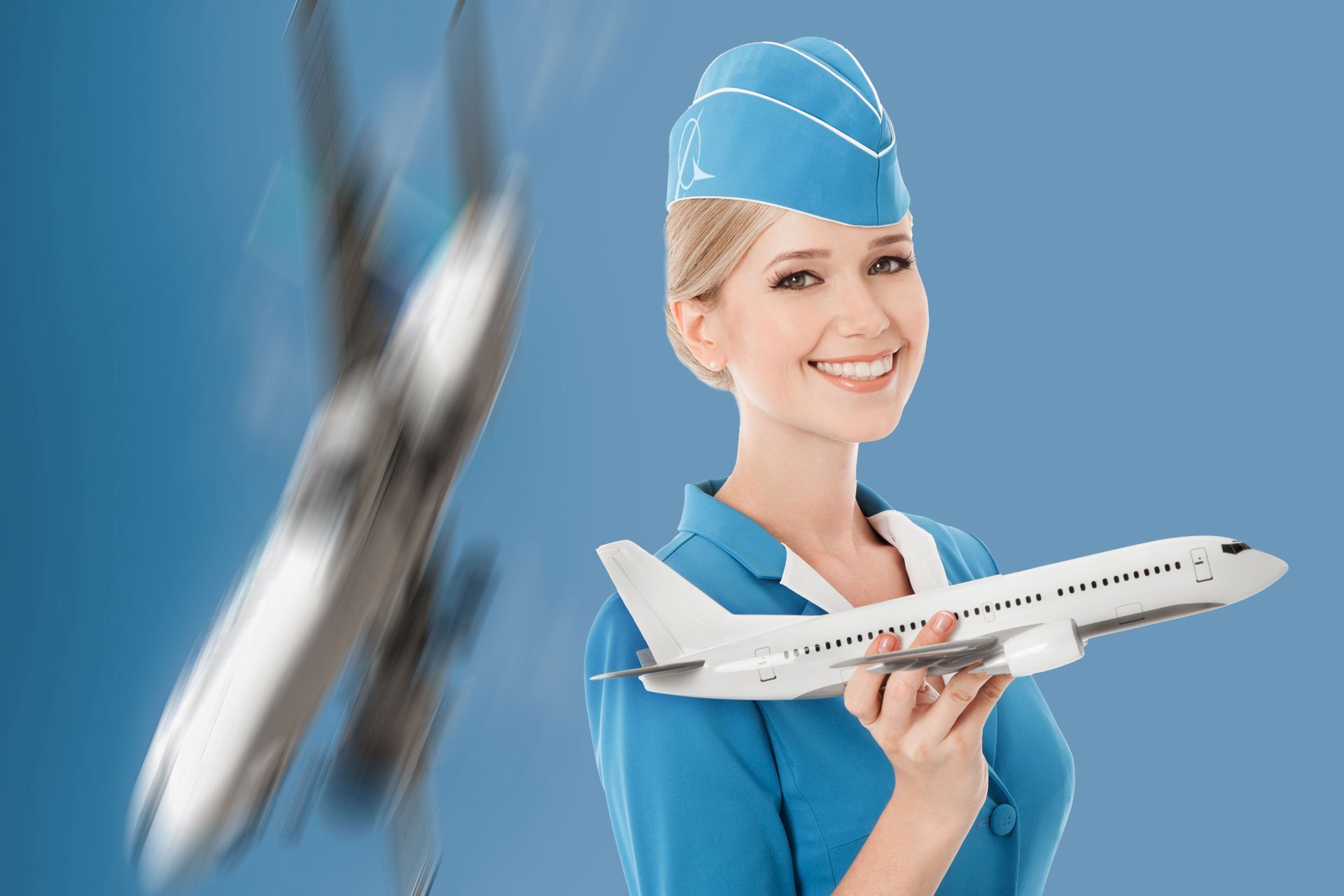Did not buy DLC: a function that would save the fallen 737, Boeing sold as an option

While the pilots of the doomed Boeing aircraft in Ethiopia and Indonesia tried to regain control , they did not have two important safety features that Boeing sold for an additional fee, writes the NY Times .
Like other aircraft manufacturers, Boeing makes a profit by upgrading aircraft for the individual needs of the customer. Sometimes these optional features include advanced design and comfort: premium seats, fancy lighting or extra toilets. But for an additional fee, communication, navigation and security systems are also sold.
Many airlines, especially low-cost carriers, such as the Indonesian Lion Air, do not buy these features, and regulators do not require them to be available. Now, after two disasters, Boeing will make standard one of these safety features as part of an aircraft software update.
It is still unknown what caused the crash of Ethiopian Airlines flight 302 on March 10 and Lion Air flight 610 five months ago. Experts suggest that partial fault lies with the new software that was added to the Boeing 737 Max. Incorrect sensor data may have caused the Maneuvering Characteristics Augmentation System (MCAS) to malfunction.
In October 2018, the Lion Air airliner crashed off the west coast of Java, killing 189 people. After analyzing the black box data, the experts were very surprised by the strange behavior of the MCAS system. Apparently, the sensors received incorrect data on the angle of attack - and the plane automatically lowered its nose and headed straight into the water. Pilots more than ten times tried to manually raise their nose, but the system still lowered it down. As a result, the liner hit the water and crashed. On March 10, another aircraft crashed in Ethiopia, injuring 149 passengers and eight crew members.
On March 13, 2019, after consulting with the U.S. Federal Aviation Administration and its customers, Boeing issued an official recommendation.all airlines temporarily suspend flights of the Boeing 737 Max. In the next few weeks, the company promises to update the flight management system software.
Boeing lists a number of changes to the new system. The update is said to include:
- operating mode of the automatic control system Maneuvering Characteristics Augmentation System (MCAS);
- pilot displays;
- improved processing in the flight control system of incoming information about the angle of attack;
- limitation of the stabilizer adjustment command in response to an erroneous angle of attack;
- limitation of the stabilizer command to maintain elevator performance.
Now the design of the Boeing 737 Max and the software development process are being studied by the prosecutor's office. A federal investigation is being conducted by the FBI with the participation of the US Department of Transportation.
The aircraft's software system reads readings from one of two blade-like devices called angle of attack sensors. They determine how far the nose of the aircraft is directed up or down relative to the incoming flow. When the MCAS detects that the plane is pointing up at a dangerous angle, it can automatically lower its nose to prevent stalling.
For extra money, Boeing sold safety features that could help pilots detect erroneous readings from sensors. One of the paid features is the angle of attack indicator, which shows data from two sensors. Another function “indicator of disagreement” (disagree light) is activated if the readings of the sensors contradict each other.
Soon Boeing will update the MCAS software and also make the indicator of disagreement a standard feature for all new 737 Max aircraft (not yet officially announced). The angle of attack indicator will remain a paid option.
“These are critical features, and they cost a lot for airlines,” says Bjorn Ferm, an analyst at Leeham, an airline consulting firm. - Boeing takes money from them, because it can. But they are vital to safety. ”
In addition, Boeing charges an additional fee, for example, for a spare fire extinguisher in the cargo compartment. Past incidents have shown that a single fire extinguishing system may not be enough to extinguish a flame that quickly spreads through an airplane. Regulators in Japan require airlines to install backup fire extinguishing systems there, but the American FAA or other regulators do not require this, which allows the aircraft manufacturer to make the safety function a paid option, and airlines save a little.
According to Boeing documentation, the company expects to earn from paid options from $ 800 thousand to $ 2 million on each aircraft. For example, Brazilian airline Gol Airlines paid an additional $ 6,700 for crew oxygen masks and $ 11,900 for the control panel of an advanced meteorological radar system. American Airlines bought both an indicator of the angle of attack and an indicator of disagreement. Southwest Airlines also acquired disagreement indicators, and also set an angle of attack indicator on the display above the pilots' heads. After the crash, Lion Southwest said it would change the 737 Max cockpits to place an angle of attack indicator on the main screens of the pilots' computers.
